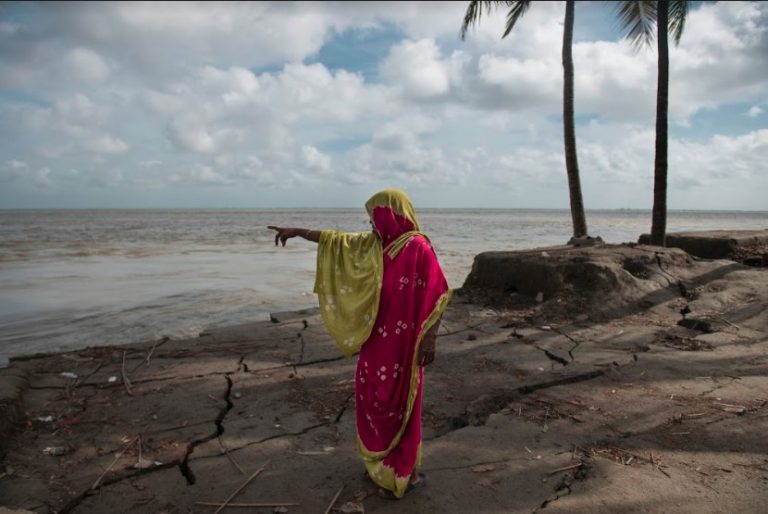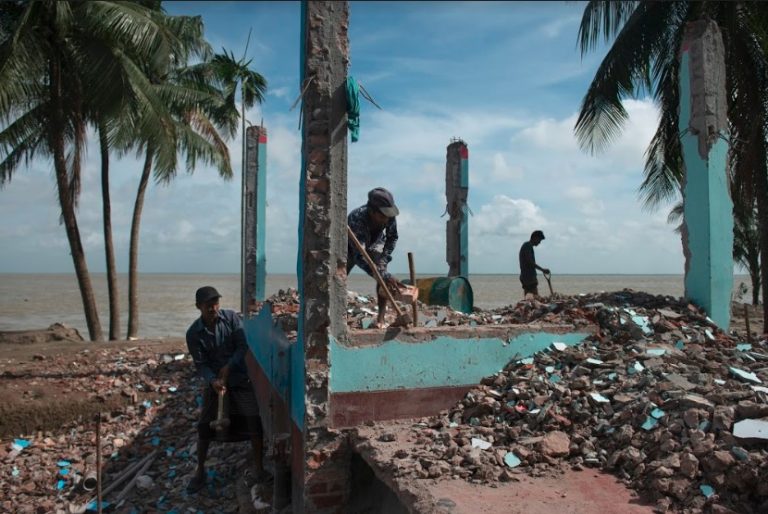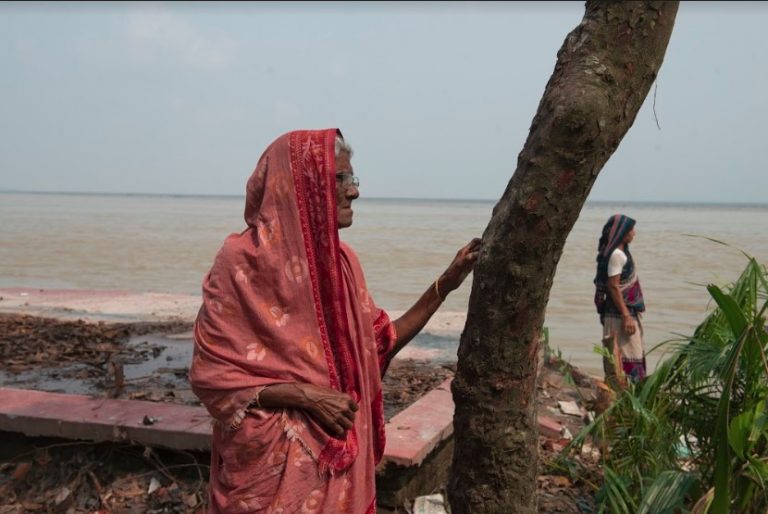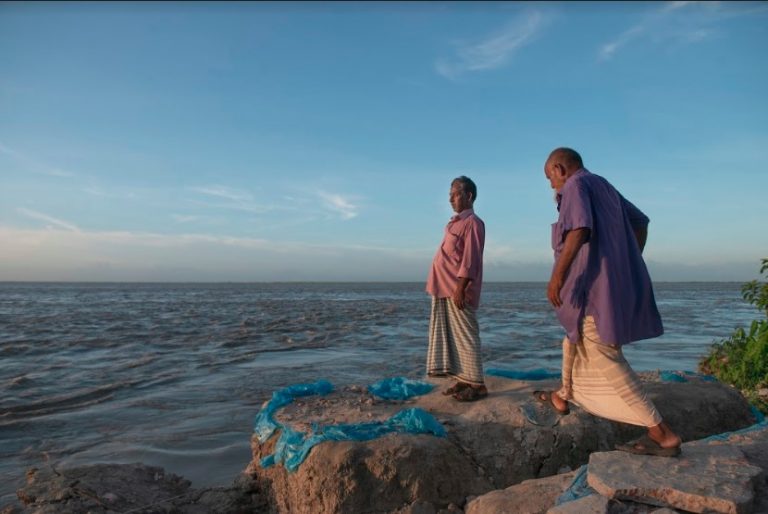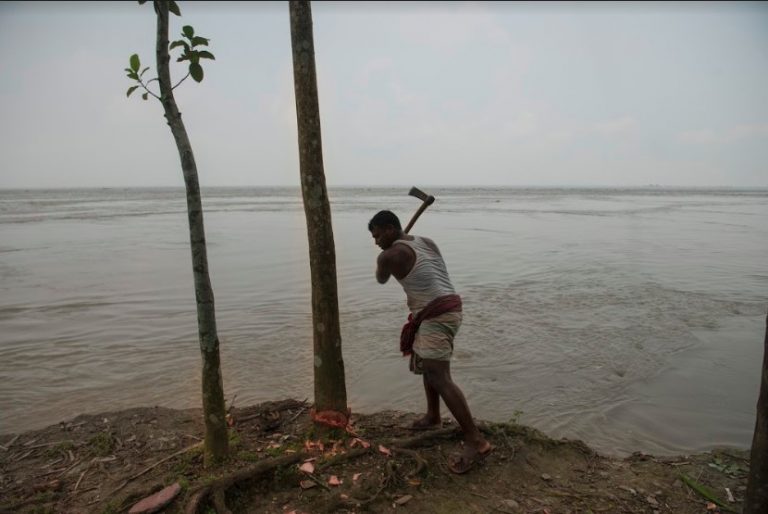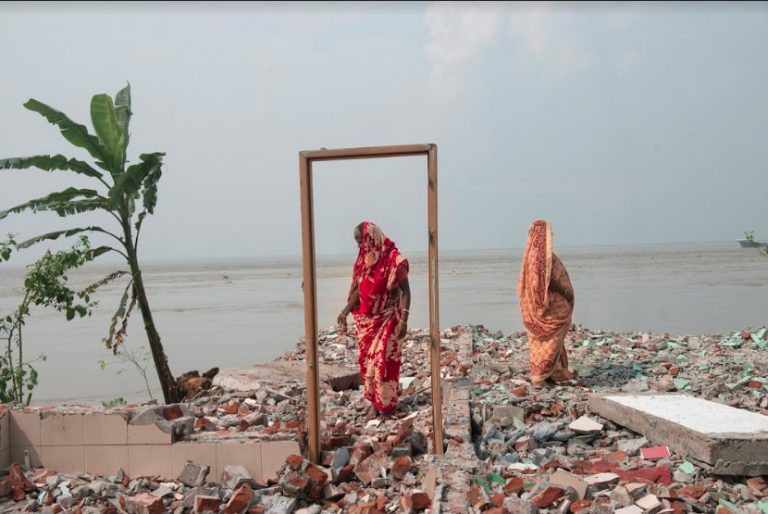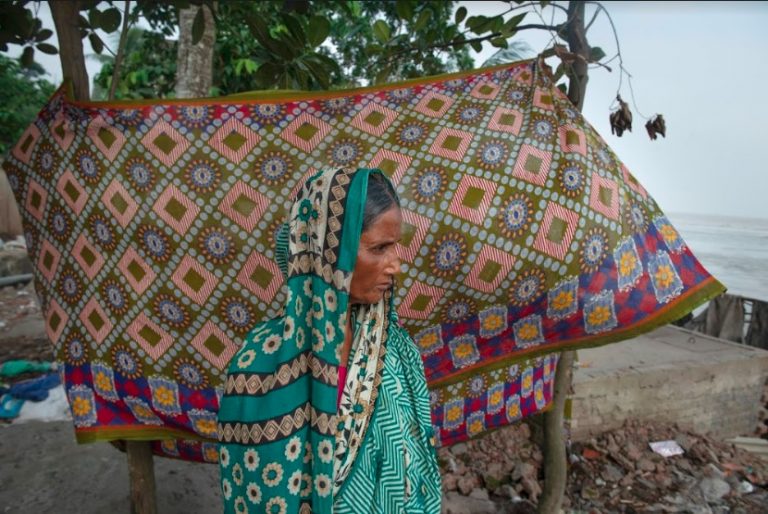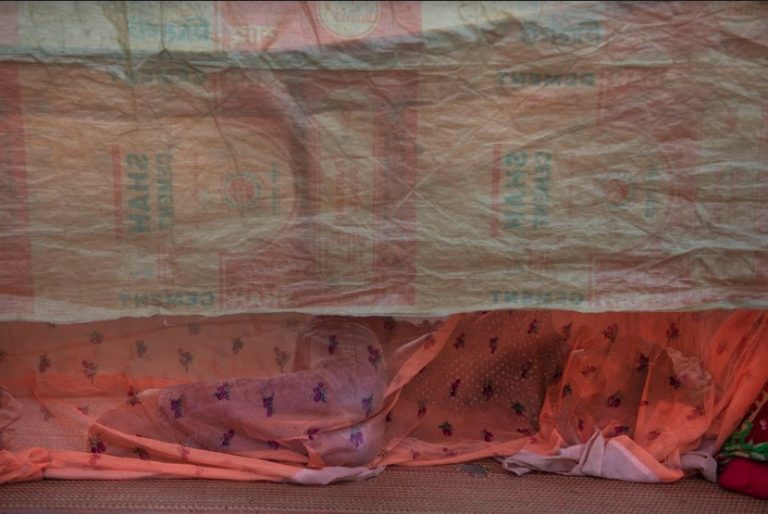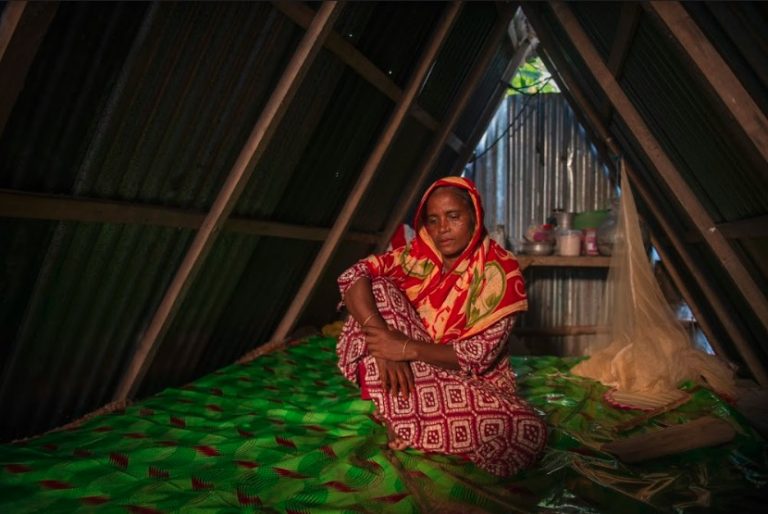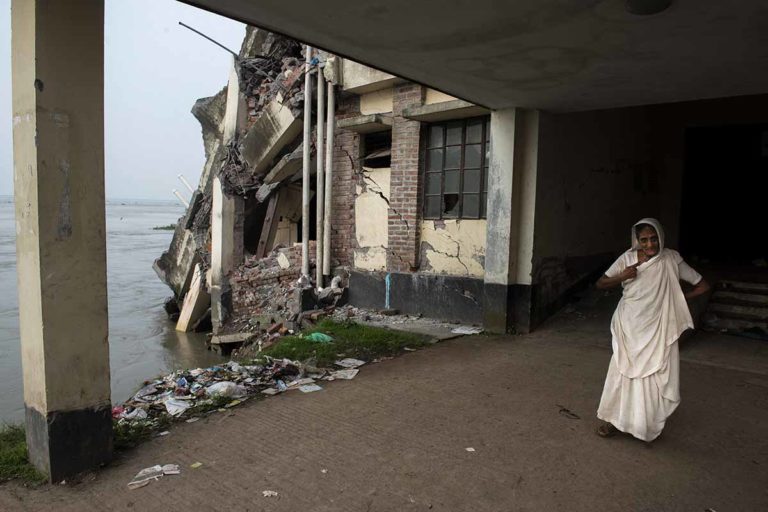In the heart of South Asia, where the Padma River winds its way through the lush landscape of Bangladesh, a silent crisis unfolds year after year. The devastating effects of climate change manifest vividly along the riverbanks, as relentless erosion displaces communities, rendering them climate refugees in their own homeland.
The effects of climate change are not abstract concepts in Bangladesh; they are vividly etched into the very fabric of the nation. Every year, as the Padma River swells, more and more lands dissolve into its unforgiving waters. The communities along its banks, once flourishing with life and livelihoods, now stand on the precipice of uncertainty.
The real victims of this silent crisis are the countless families who have lost their homes, lands, and sources of income. The river erosion leaves them with nothing to lose and nowhere to go. Faced with this existential threat, many are compelled to migrate towards the cities, seeking refuge from the advancing waters. However, the reality they encounter is far from the hopeful dreams of a better life.
In the cityscape, these climate refugees find themselves at the margins, struggling to create makeshift homes in the form of roadside slums. These improvised settlements become the backdrop to their daily lives, as they grapple with the harsh realities of displacement. The uncertainty of their situation is palpable in the makeshift shelters that line the roads, echoing the fragility of their lives.
The once self-sustaining communities along the Padma now resort to low-income odd jobs to survive. However, even these meager opportunities prove elusive for many. The pervasive sense of desperation hangs heavy in the air as people confront the harsh truth that their lives have been irrevocably altered by the encroaching river.
